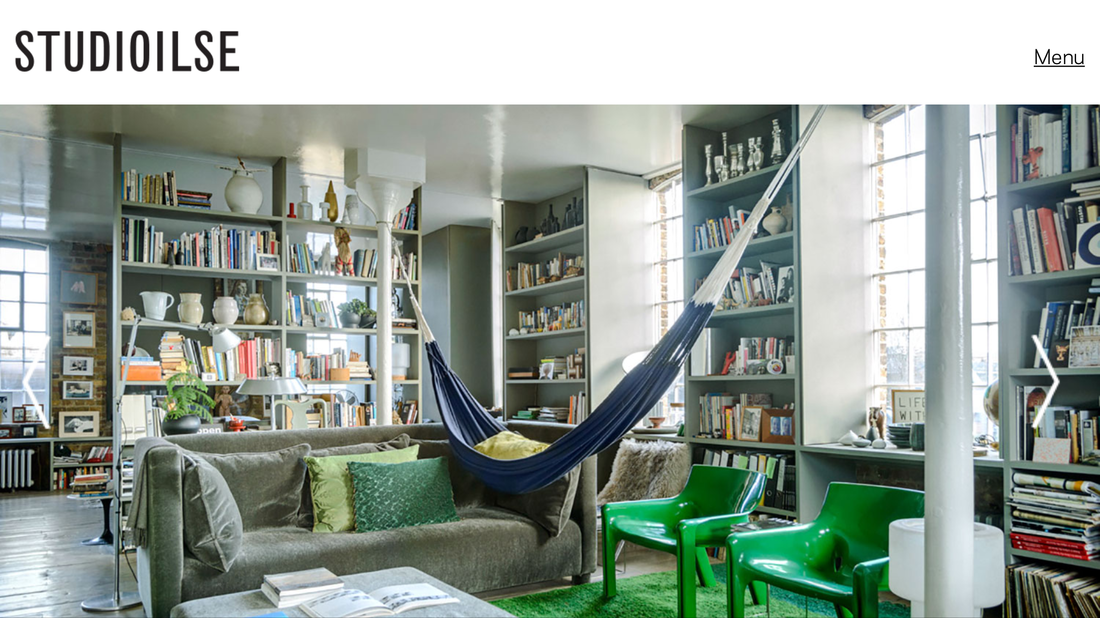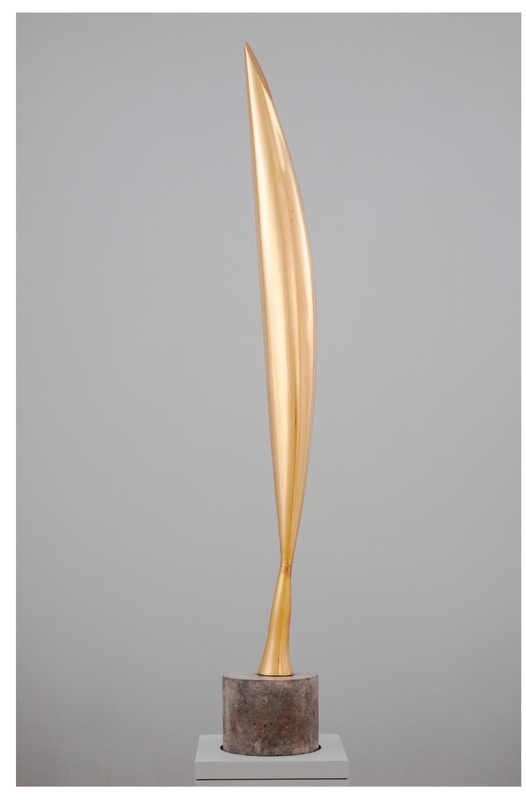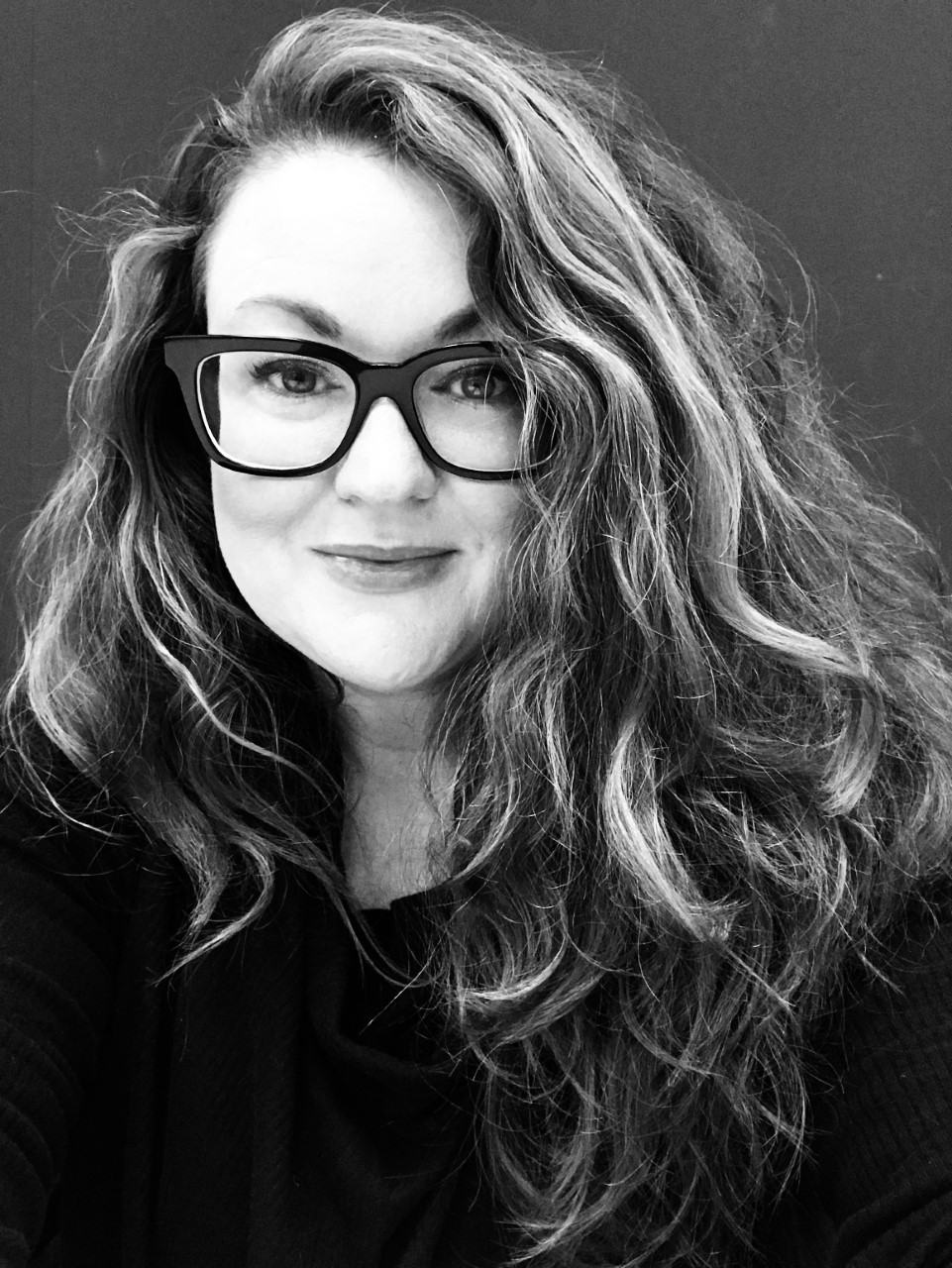|
This image is from the residential page of Ilse Crawford's design website, Studioilse. If I were a room, this is the room I would be: filled with light and shades of green and books and treasures. And a hammock. Crawford's work and philosophy is featured in the eighth installment of Netflix's new series, Abstract: The Story of Design, the first exposure I've had to this artist whose approach to design inverts the poetic logic of the Old English term for the body, the bānhūs (“the body, the chest, breast”, literally “the bone-house”). Her spaces are meant to imbue the sensual body with well-being, with nourishment. And at the heart of her creative process is her studio's "materials library," a catalog of textiles and stone, skins and colors, where objects are brought in relation to each other. I couldn't help but think of an externalized creative process model that emphasizes curatorial judgement (which requires access) and a facility with stringing words together to form constellations with Calderesque proportions.
0 Comments
In the pages of Margaret Anderson's The Little Journal, the poet Mina Loy's ekphrastic poem "Brancusi's Golden Bird" appeared. I was reminded of it this week when I read about Princeton’s Blue Mountain Project making available an entire digital library of modernist avant-garde literary journals. I’ve only just begun to imagine all of the ways I could use these in classes. For now it’s enough to peruse from it and from Brown University’s similar collection that includes Margaret Anderson’s The Little Review, in whose pages I discovered how Loy used fragments of language from Ezra Pound's review of Brancusi's work in her poem, which I argue challenges male theories of genius that were circulating at the time.
|
AuthorLindsay Illich is Boston-based writer and professor of writing at Curry College. ArchivesCategories |
Site powered by Weebly. Managed by Porkbun



 RSS Feed
RSS Feed